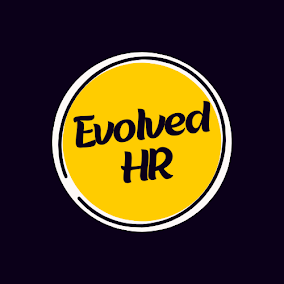You can always update and grow yourself as an HR Professional, these are the recommended books:
Best Practices and Tools for HR to Lead Change Management Initiatives
HR professionals play a critical role in leading organizational transformation. They develop policies and programs tailored to meeting people's needs - which may require managing resistance to cultural shifts.
While HR may recognize change management as a people-focused discipline, it often fails to be approached as an independent process with its own set of tools and techniques. This article will outline best practices and tools HR should employ when leading change management initiatives.
1. Create a Change Management Plan
HR professionals must develop an extensive change management plan that addresses how an organization will implement and sustain changes, from identifying key stakeholders to creating communication strategies, training plans, and support mechanisms for employees.
Once this step is completed, a checklist of tasks should be created which outlines exactly what needs to be completed by when. This provides an excellent way to keep teams on task and provides opportunities for feedback from all involved.
Establish momentum during the transition period by celebrating milestones and encouraging adoption. Holding an event to recognize and applaud those departments that have fully adopted a new software system may encourage others to follow suit and embrace change.
2. Develop a Participative Culture
Establishing a participative culture can increase employee engagement and satisfaction while elevating organizational performance, but its implementation can present its own set of difficulties. Successful implementation requires strong communication and collaboration skills as well as time spent discussing matters which could potentially slow productivity down significantly.
HR can contribute to building an inclusive culture by offering training and development programs on topics such as communication, problem-solving and decision-making. This will equip employees with the necessary tools and confidence needed to actively participate in discussions and initiatives.
Establishing a participatory culture also involves showing employees the direct relationship between participation and company success. Sharing examples of employee ideas or suggestions leading to tangible improvements can motivate them to remain actively involved with change management initiatives.
3. Establish Feedback Mechanisms
HR professionals can assist employees in adapting to change by offering feedback mechanisms to collect employee thoughts and reactions, an essential step for identifying problems, solving them, and building trust between all parties involved.
Feedback mechanisms include surveys, one-on-one meetings, suggestion boxes and anonymous online tools. Offering multiple options helps meet different preferences and communication styles.
Once feedback analysis is completed, HR should present its findings to all stakeholders and demonstrate how the information will affect decision-making and improvement initiatives. This helps build trust with those affected and increase buy-in for the feedback mechanism. Furthermore, HR must avoid dismissing negative feedback outright or disregarding opposing opinions; rather it should advocate a balanced approach to feedback that recognizes strengths while simultaneously pinpointing areas that need improvement.
4. Offer Training and Support
HR professionals serve as mediators between structural change management teams and employees who will be affected by those changes, so it is crucial that they can explain new workplace trends as well as the effects these will have on employees working there.
But many managers lack the skill and confidence necessary to effectively deliver this initial employee communication. Some may take an "spray and pray" approach by bombarding employees with information while hoping that employees will recognize significant content as opposed to fluff.
HR is crucial in combatting this challenge by offering training and support to managers as needed, and by offering extra education for employees affected by changes, aiding in building the skillset needed to thrive in new workplace environments.
5. Establish Metrics
HR professionals play a pivotal role in leading their organizations through change. From performance management systems and policies to remote work policies, being able to effectively navigate changes can help organizations adjust quickly to new challenges and opportunities that arise.
To effectively lead change management initiatives, it's vital that clear and consistent metrics are established. Metrics should include both leading and lagging indicators - including financial goals as well as internal processes, employee development and other factors such as employee growth. Project managers, change sponsors and any impacted employees should participate in selecting metrics for selection purposes. Furthermore, ongoing monitoring should occur and adjustments made accordingly.
For example, if the number of employee requests decrease after implementing new technology, this may indicate that staff have yet to adapt. HR may need to reassess communication strategies and provide additional training or support.





.jpg)

.png)
No comments:
Post a Comment